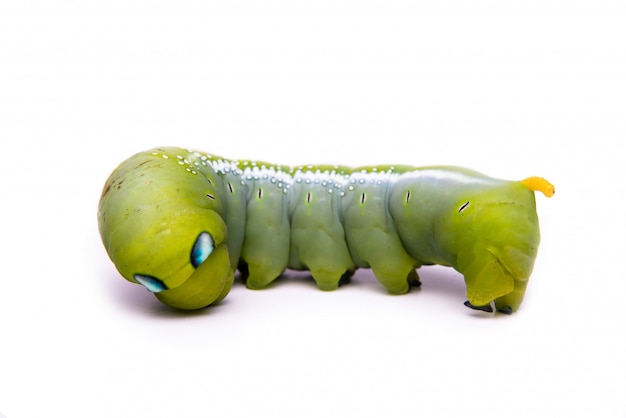Caterpillar Facts – Discover Fascinating Details about These Amazing Insects

Caterpillars are the ultimate transformers, turning themselves into beautiful butterflies.
Did you know that caterpillars have more muscles than humans? Talk about being strong!
Caterpillars have the incredible ability to regenerate lost body parts.
Some caterpillars can camouflage themselves to blend in with their surroundings, making them masters of disguise.
Caterpillars are the nature’s artists, spinning intricate silk threads to create their cocoons.
Caterpillars have tiny little eyes on the sides of their heads, allowing them to see in multiple directions.
Did you know that some caterpillars have fake eyes on their bodies to scare away predators?
Caterpillars have voracious appetites, munching on leaves all day long.
The fastest caterpillar can move at a speed of 0.03 miles per hour. That’s a slow crawl!
Caterpillar poop, also known as frass, can actually be quite useful as fertilizer.
Did you know that caterpillars communicate through chemical signals called pheromones?
Caterpillars have an amazing ability to remember things, such as the location of their food source.
Some caterpillar species are known to make clicking sounds when threatened.
Caterpillars are among the most diverse creatures on Earth, with thousands of different species.
Did you know that caterpillars have six true legs and up to ten pairs of prolegs?
Caterpillars have a unique adaptation called ecdysis, where they shed their old skin as they grow.
Caterpillar Facts – Discover Fascinating Details about These Amazing Insects part 2
Some caterpillars have hairy bodies, which can act as a defense mechanism against predators.
Caterpillars are the ultimate survivors, with the ability to tolerate extreme temperatures.
Did you know that caterpillars have an excellent sense of smell, helping them find their next meal?
Caterpillars have the incredible ability to regenerate their digestive systems while in their cocoons.
Some caterpillars have colorful patterns on their bodies, which serve as a warning to predators that they are poisonous.
Caterpillar silk is stronger than steel on a weight-to-weight basis. It’s even used to make bulletproof vests!
Did you know that caterpillars have an internal clock that tells them when it’s time to spin their cocoons?
Caterpillars have an incredible immune system, allowing them to fight off infections and diseases.
Caterpillars can detect ultraviolet light, which helps them navigate and find food sources.
Some caterpillars have an organ called the osmeterium, which they can extend to release strong-smelling chemicals to deter predators.
Caterpillars are nature’s recyclers, as they break down organic matter and enrich the soil.
Did you know that caterpillars have a vision that extends into the infrared spectrum?
Caterpillars have an extraordinary ability to regenerate lost body parts, including legs and antennae.
Caterpillars play an important role in pollination, as they transfer pollen from flower to flower.
Some caterpillars have special adaptations that allow them to eat poisonous plants without getting harmed.
Caterpillars go through a process called metamorphosis, where they completely transform into butterflies or moths.
Did you know that caterpillars can produce silk that is stronger than Kevlar, the material used in bulletproof vests?
Caterpillars have tiny sensors on their bodies, allowing them to detect changes in temperature and humidity.
Caterpillars have an exceptional sense of touch, helping them navigate their environment.
Some caterpillars have the ability to regenerate lost body segments as they grow.
Caterpillars have an incredible memory, allowing them to remember important landmarks in their environment.
Did you know that caterpillars have taste receptors on their feet? That’s how they know if a leaf is suitable for eating!
Caterpillars have specialized muscles that help them crawl, climb, and even swim.
Caterpillars communicate with each other through vibrations, making it easier for them to find mates.
Some caterpillars have vibrant colors that warn predators of their toxicity.
Caterpillars have an incredible sense of time, allowing them to synchronize their development with the changing seasons.
Caterpillars are excellent problem solvers, using their abilities to find food and avoid predators.
Did you know that caterpillars can hibernate during unfavorable conditions, such as extreme cold or drought?
Caterpillars have an intricate system of tubes called tracheae, which allows them to breathe even inside their cocoons.